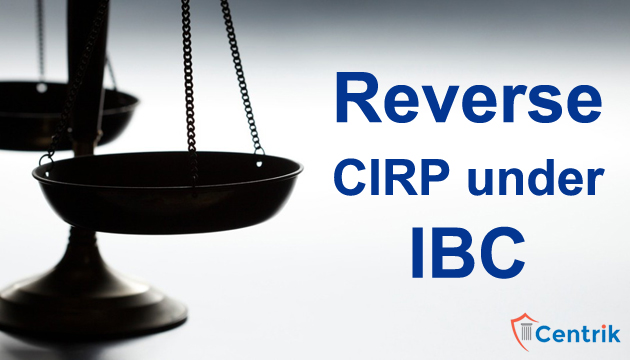
Status as on- 01/04/2020
Introduction
Until now insolvency proceedings under Section-7 of the IBC could be instituted against the whole real estate company which impacted all projects of the company. This was however changed by the National Company Law Tribunal via its order dated 05.02.2020 in the matter of Umang Realtech wherein a process known as Reverse Corporate Insolvency Resolution Process was formulated.
The NCLAT placing its reliance over the objective of the code and earlier Supreme Court decisions stressed the significance of maximization of asset value. This new form of CIRP termed as the Reverse Corporate Insolvency Process is to be followed in cases where the insolvency proceedings under the IBC have been initiated against a real estate company.
What is Reverse CIRP?
It is a form of Corporate Insolvency Resolution Process to be carried out in case of a real estate company whereby any promoter of the company who agrees to remain outside the CIRP but intends to play the role of a lender by infusing funds/cash flow. This is done to ensure that the corporate insolvency resolution process reaches success and the construction of the stuck real estate projects gets completed. Therefore, it enables the allottees to take possession of the project without having any third-party intervention. For example, in case of insolvency proceedings instituted against Umang Realtech Pvt. Ltd. the Uppal Housing Pvt. Ltd. agreed to provide additional funds to complete the project.
Are all the projects of Real Estate Company covered under reverse CIRP?
The reverse Corporate Insolvency Resolution Process against a real estate company is limited to a project as per approved plan by the Competent Authority and not other projects which are separate at other places for which separate plans are approved. This is done to ensure that the maximization of the value of assets remains projects specific. Therefore, all the assets of the company are not to be maximized. The asset of that project is to be maximized for balancing the creditors such as allottees, financial institutions and operational creditors of that particular project.
Will the Allottees have better standing than other financial creditors such as Banks?
The allottee claim will have an edge over the other financial creditor as ‘financial institutions/ banks. These financial creditors will not be provided with the asset (flat/apartment) by preference over the allottees (Unsecured Financial Creditors) for whom the project has been approved. The claims of the allottees must be satisfied first by handing over the possession to them.
Conclusion
The theoretical analysis of the reverse corporate insolvency process certainly seems quite promising. However, we must wait for its practical execution and then analyze it. Furthermore, there is one important drawback of the reverse CIRP that being that as earlier the allottees had an option of claiming refund of the entire amount. But under the reverse CIRP, the allottees will not be able to claim the refund. However, after offering allotment it is open to an allottee to request the Interim Resolution Professional/Promoter, whoever is in-charge, to find out the third party to purchase said flat/apartment and get the money back. After completion of the flats/project or during the completion of the project.
Disclaimer – The above article is based on the personal interpretation of related laws and relevant pronouncements. The readers are expected to take expert advice before putting reliance on it. For any clarification, please connect to the reader at support@centrik.in




 join For Updates
join For Updates